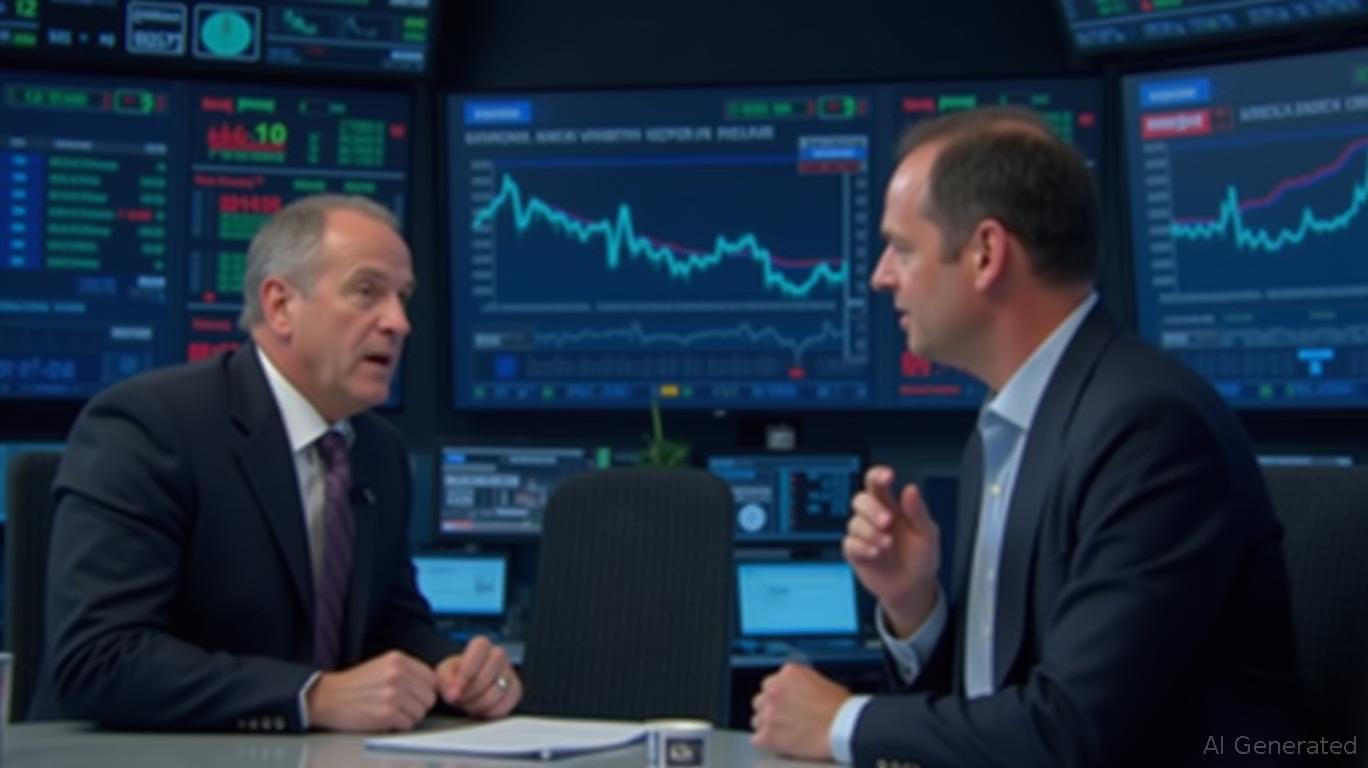The
Lithium Miners ETF (LITP) is strategically designed to support the global clean energy transition by tracking an index of companies involved in the lithium industry. As the world shifts towards a less carbon-intensive economy,
offers pure-play exposure to companies engaged in lithium mining, exploration, development, and production. This ETF provides access to a curated portfolio of 40-50 US and foreign companies, selected through a proprietary methodology based on industry publications and fundamental research. With constituents meeting specific market-cap and liquidity requirements and being assigned intensity scores based on their revenue percentage attributable to lithium, LITP aims to deliver a diversified investment experience. However, despite these efforts, the ETF's performance has been underwhelming, reflecting broader challenges in the lithium sector amidst fluctuating market dynamics.
Basic InformationThe Sprott Lithium Miners ETF, identified by the ticker LITP, was launched by Sprott, Inc. on February 1, 2023. It carries an expense ratio of 0.65%, which may deter cost-conscious investors. The ETF's top 15 holdings include major players like
(IGO) at 11.93% and Sociedad Quimica y Minera de Chile (SQM) at 11.84%, with the overall portfolio heavily concentrated in the materials sector, comprising 89.3% of exposure. Despite its strategic focus on the lithium industry, the ETF has experienced no positive net flow over the past 7 and 30 days. Its average returns over 6 months, 1 year, and 3 years are negative, notably -26.39% over the past year, and volatility remains high with return standard deviations exceeding 13% during these periods. The fund's largest sector exposure and high concentration in top holdings could expose investors to significant sector-specific risks.
News SummaryRecent advancements in materials science could have implications for the lithium mining sector, as breakthroughs in materials engineering and quantum computing devices promise enhanced efficiency and speed. Studies from the University of Minnesota have demonstrated new magnetic behaviors in ultra-thin metallic oxide materials, potentially paving the way for future applications in smarter and faster technologies. Furthermore, collaborative efforts between Applied Materials and CEA-Leti aim to drive innovation in AI data centers, which could indirectly benefit the lithium industry through improved energy efficiency and data management. These developments highlight the ongoing scientific efforts to enhance technological capabilities in sectors closely linked to lithium mining and utilization.
Analyst Rating: Strong SellThe Sprott Lithium Miners ETF (LITP) faces significant challenges that undermine its attractiveness as a viable investment option. With a relatively high expense ratio of 0.65%, the ETF's cost-efficiency is compromised. Investor interest appears stagnant, as evidenced by zero positive net flow ratios over recent periods. The fund's return performance is troubling, with deeply negative average returns across 6-month, 1-year, and 3-year timelines, further exacerbated by high volatility levels. The ETF's concentration in the materials sector and top holdings poses sector-specific risks, while its premium stability remains volatile. Collectively, these factors lead to a strong sell recommendation, advising caution for investors seeking stability and positive returns.
Backtest ScenarioThe recent backtest of the Sprott Lithium Miners ETF (LITP) during the lithium price surge from 2023 to 2025 reveals a stark underperformance, with the ETF suffering a 46.99% decline in 2024 and an additional 14.9% drop by mid-2025. This contrasts sharply with the broader lithium market, which experienced substantial price increases driven by the energy transition and electric vehicle demands. The ETF’s poor performance can be attributed to strategic missteps, high expense ratios, and operational costs that limited its ability to capture the full benefits of the lithium price surge. Consequently, LITP has struggled to align with favorable market conditions, highlighting fundamental issues in its investment strategy.
Risk OutlookLooking ahead, the Sprott Lithium Miners ETF (LITP) faces several risks that could impact its future performance. With a heavy concentration in the materials sector, the ETF is vulnerable to commodity price fluctuations and sector-specific challenges. Geopolitical tensions, particularly in the Middle East, could disrupt global energy markets, influencing lithium mining operations through increased production and transportation costs. Additionally, China's economic slowdown threatens lithium demand, given its significant role in global supply chains. The ETF's concentrated holdings further amplify volatility risks, while muted liquidity metrics indicate stable investor interest, yet remain susceptible to shifts in global trade dynamics. Monitoring geopolitical developments and trade policies is essential to mitigate these potential adverse effects.
ConclusionThe Sprott Lithium Miners ETF (LITP) presents a challenging investment case, primarily suited for aggressive investors willing to navigate high volatility and sector-specific risks. Its performance has been notably poor amidst favorable market conditions, underscoring the need for investors to closely monitor geopolitical developments and economic trends that may impact the lithium mining sector. As such, the ETF demands careful consideration and strategic evaluation before inclusion in investment portfolios.






Comments
No comments yet